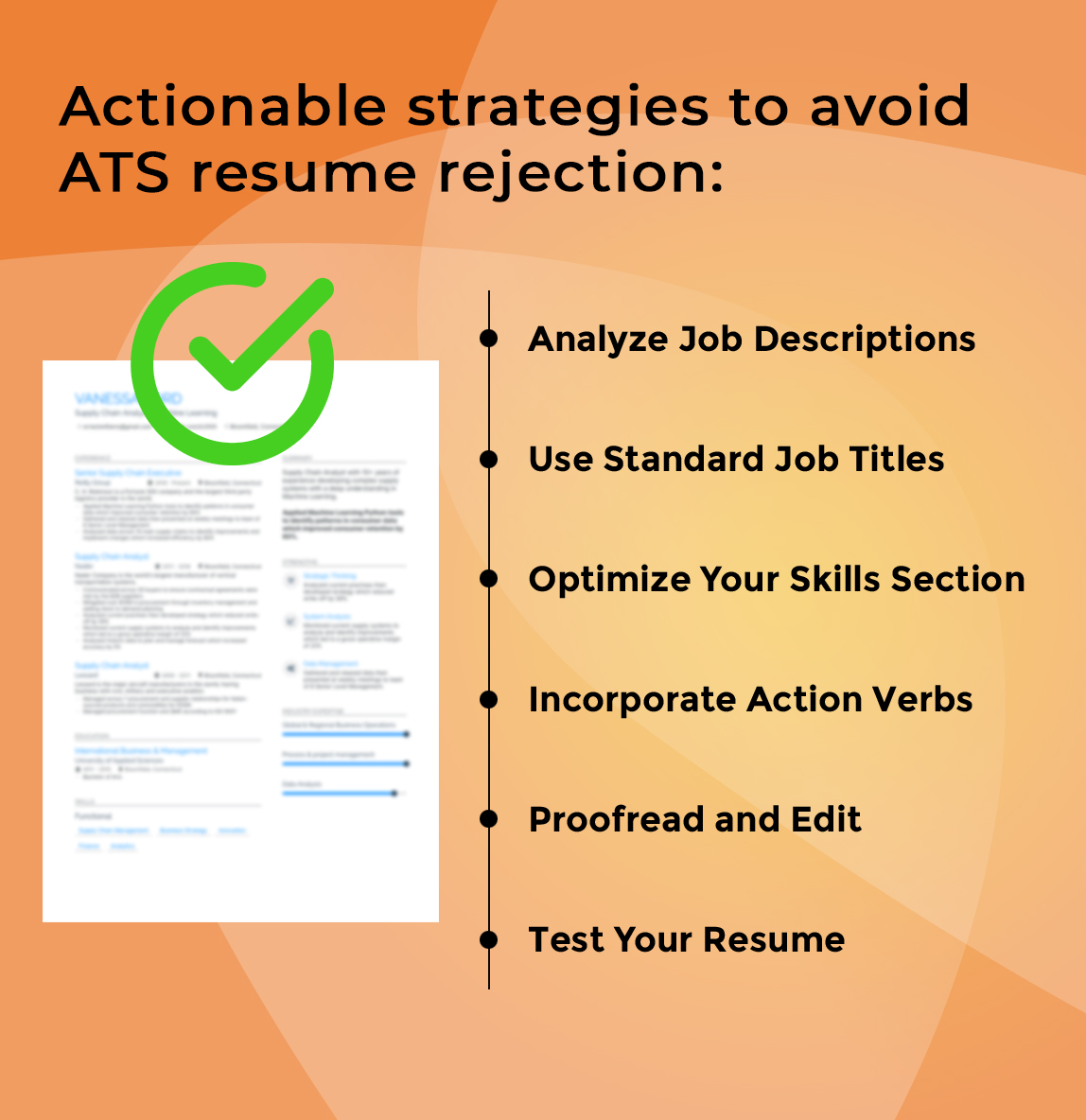How to Beat the Applicant Tracking System (ATS) and Land Your Dream Job
Every job opening attracts 250 resumes, only four to six will be invited for an interview.
It’s essential to learn how to get past the ATS screening process to make sure your resume is chosen for an interview. Let’s explore the nuances of ATS resume rejection and offer actionable strategies to maximize your resume’s chances of advancement.
What is ATS?
Employers use Applicant Tracking Systems, or ATS, which are automated software programs for organizing and screening incoming resumes. These systems are designed to streamline the hiring process by scanning resumes for specific keywords, formatting, and qualifications. An ATS can be uncompromising, leading to qualified candidates being overlooked due to formatting issues or missing keywords.
Key elements of an ATS-Friendly Resume:
To increase your chances of passing through ATS screening, it’s crucial to understand what the system is looking for. Here are factors to consider when crafting an ATS-friendly resume:
- Keyword Optimization:
ATS scans resumes for keywords relevant to the job description. Identify industry-specific keywords and include them strategically throughout your resume. However, avoid keyword stuffing.
- Formatting:
Simplify your resume’s format to ensure ATS can accurately analyse the information. Use standard fonts like Arial or Times New Roman and avoid complex formatting elements such as tables, images, or graphics.
- Clear Section Headings:
Organize your resume into clear sections such as “Work Experience,” “Education,” and “Skills.” This helps ATS navigate your resume more effectively and ensures all relevant information is captured.
- Tailored Content:
Customize your resume for each job application by aligning your qualifications and experiences with the job requirements. This not only increases your chances of passing ATS screening but also resonates with hiring managers.
Strategies to Avoid ATS Resume Rejection:
Now that we’ve covered the fundamentals, let’s explore actionable strategies to avoid ATS resume rejection:

- Analyse Job Descriptions:
Read job postings to identify keywords and requirements specific to the role. Use these keywords in your resume while accurately representing your skills and experiences.
- Use Standard Job Titles:
ATS often searches for specific job titles when filtering resumes. Use standard job titles that match the ones used in the job posting to ensure compatibility with ATS algorithms.
- Optimize Your Skills Section:
Create a dedicated skills section listing relevant skills and qualifications. Use a mix of industry-specific terms and general skills to broaden your resume’s appeal to both ATS and human recruiters.
- Incorporate Action Verbs:
Begin bullet points in your work experience section with action verbs to highlight your achievements and responsibilities. This improves readability and enhances keyword density.
- Proofread and Edit:
Even the smallest typo or formatting error can trigger ATS rejection. Proofread your resume thoroughly and use online tools to check for spelling and grammar mistakes.
- Test Your Resume:
Before submitting your resume, test it using ATS-friendly software or online tools. This allows you to identify and address any potential issues before they impact your job application.
Conclusion:
99% of all Fortune 500 companies use ATS platforms on a regular basis. Mastering the art of creating an ATS-friendly resume is essential for job seekers. By understanding how ATS works and implementing the strategies outlined, you can increase your chances of getting noticed by recruiters and landing your dream job. Invest the time and effort needed to make your resume stand out.












